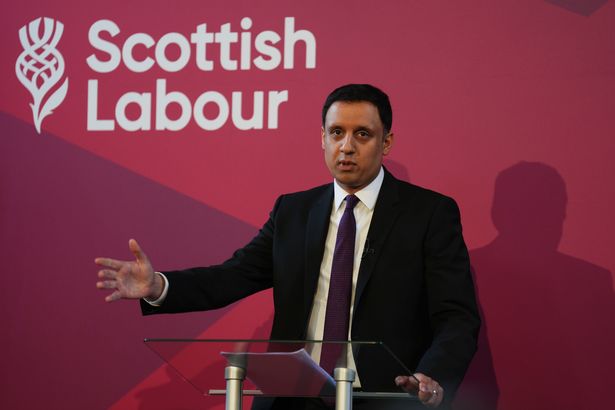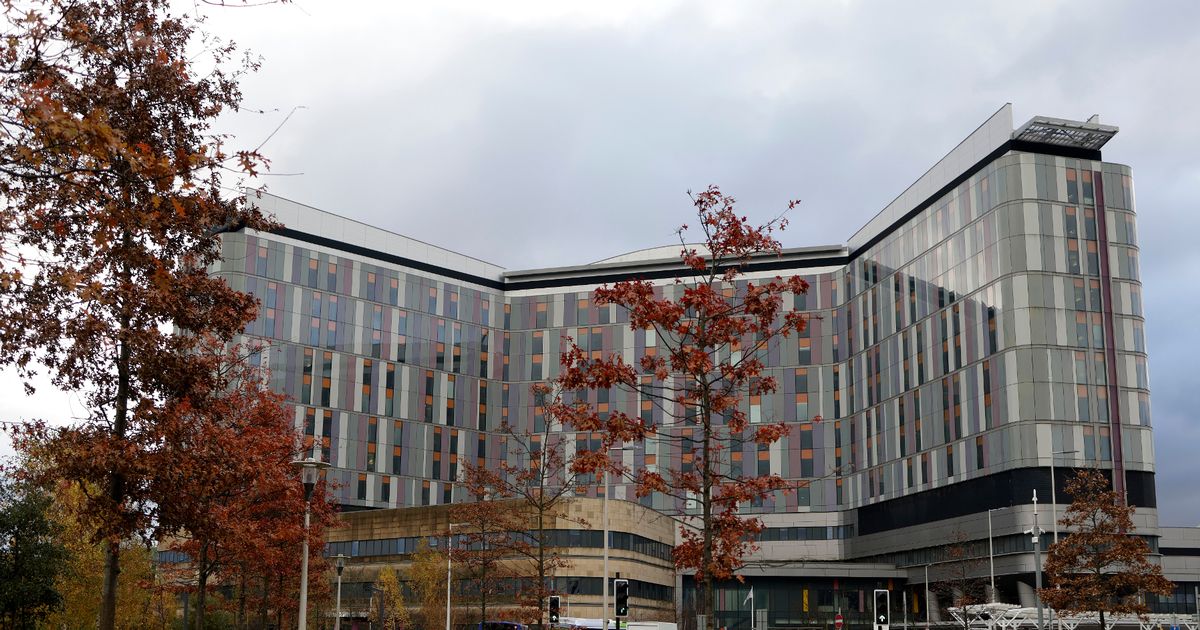Families and experts have questioned the report which NHSGGC submitted to a public inquiry. Queen Elizabeth University Hospital in Glasgow(Image: Getty Images)
Queen Elizabeth University Hospital in Glasgow(Image: Getty Images)
NHS chiefs have been criticised after it emerged they paid £75,000 of public money for a controversial report clearing a scandal-hit hospital of links to infection outbreaks.
The Queen Elizabeth University Hospital (QEUH) is at the centre of a public inquiry after dozens of patients became infected with rare bugs.
A government-ordered independent review published in 2021 stated 109 infections in 84 patients had “possible or probable” links to the £842million superhospital’s environment and two children’s infections were a probable cause of their death.
But it has now emerged NHS Greater Glasgow and Clyde (NHSGGC) paid £75,000 to commission a report of their own which cleared the hospital of links to any of the infections and even went to court to ensure it was accepted into evidence at the ongoing inquiry.
Scottish Labour leader Anas Sarwar said: “It is simply astonishing that the rotten leadership of NHS Greater Glasgow and Clyde spent £75,000 of public money on a sham of a report to clear their name.
“The scandal at the QEUH is the greatest in the history of devolution and those responsible must be held to account.
“It is unforgivable that the health board leadership – aided and abetted by the SNP – have put their reputation before the safety of patients and staff. I’ll not stop campaigning side by side with the families affected until justice is served.”
 Anas Sarwar
Anas Sarwar
The health board’s report states the independent review took a “flawed approach” and had a “preconceived view” patients’ infections came from the hospital environment.
It claims data on infections “doesn’t support” the idea the hospital had a contaminated water system or the “environment at the QEUH is playing a significant role in harbouring and transmitting pathogens” to adults and children.
It goes on to state that the data doesn’t support the theory that water or ventilation at the QEUH and adjoining Royal Hospital for Children presents an “additional avoidable risk of infection” and concludes: “The data does not demonstrate a link between the water or ventilation systems and patient infections.”
However, the report has been rebuffed by the scientists who completed the original independent review of 118 cases at the QEUH and RHC, as well as by families.
The inquiry’s own solicitors, who are not representing either side, have also said they believed the ventilation system is still not safe today. Lawyers representing former cancer patient Molly Cuddihy and her family also raised concerns the health board’s report excluded data about a rare bacteria called Mycobacterium chelonae.
Molly, along with fellow child cancer patient Stevie-Jo Kirkpatrick, were infected with the bug at the QEUH campus.
The Cuddihys lawyer said: “This omission is especially critical given the documented presence of M. chelonae in hospital water systems across multiple wards and its direct association with severe infections in [child cancer patients].”
They said report authors didn’t use data on the current state of the hospital environment in its conclusions and called it “non-sensical” and “indefensible”.
NHSGGC said: “We are committed to supporting the Scottish Hospitals Inquiry in their ongoing investigations.
“The report will be considered as part of the wider inquiry and report experts Professor Hawkey, Dr Agrawal, and Dr Drumwright, now take instruction from Scottish Hospitals Inquiry.”
 Join the Daily Record WhatsApp community!
Join the Daily Record WhatsApp community!
Get the latest news sent straight to your messages by joining our WhatsApp community today.
You’ll receive daily updates on breaking news as well as the top headlines across Scotland.
No one will be able to see who is signed up and no one can send messages except the Daily Record team.
All you have to do is click here if you’re on mobile, select ‘Join Community’ and you’re in!
If you’re on a desktop, simply scan the QR code above with your phone and click ‘Join Community’.
We also treat our community members to special offers, promotions, and adverts from us and our partners. If you don’t like our community, you can check out any time you like.
To leave our community click on the name at the top of your screen and choose ‘exit group’.
If you’re curious, you can read our Privacy Notice.
